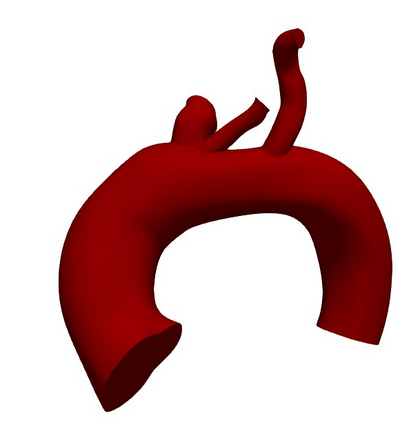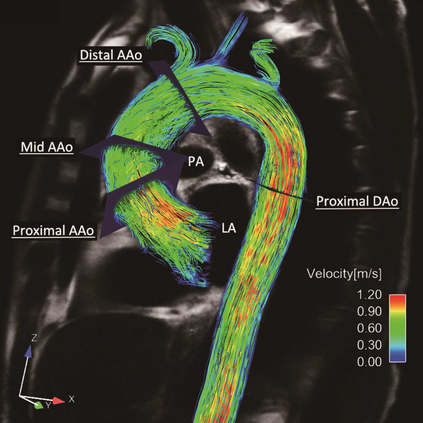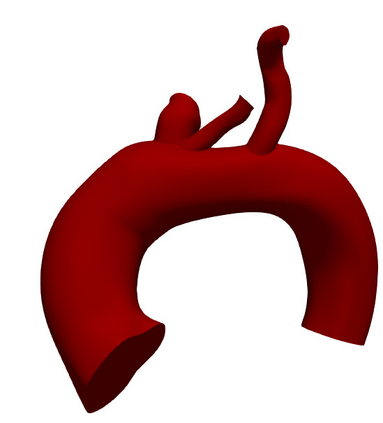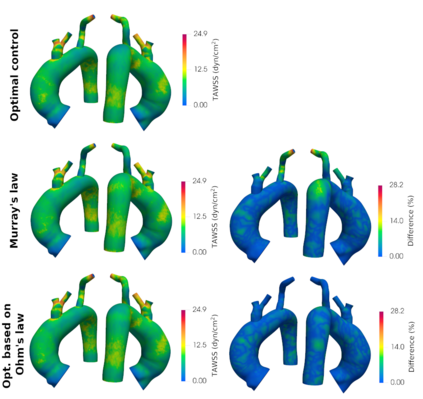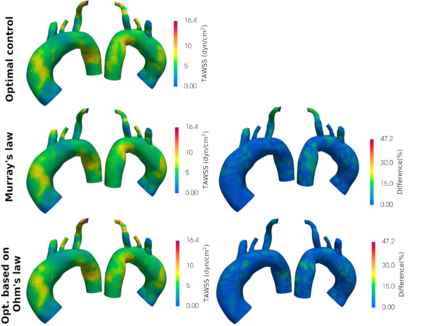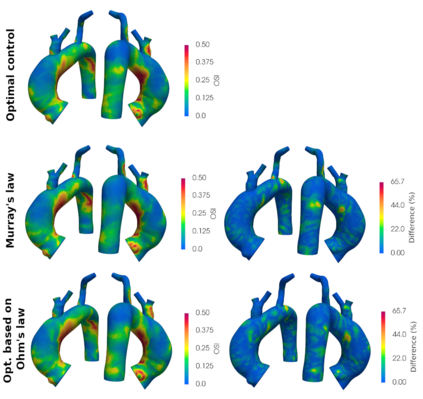The choice of appropriate boundary conditions is a fundamental step in computational fluid dynamics (CFD) simulations of the cardiovascular system. Boundary conditions, in fact, highly affect the computed pressure and flow rates, and consequently haemodynamic indicators such as wall shear stress, which are of clinical interest. Devising automated procedures for the selection of boundary conditions is vital to achieve repeatable simulations. However, the most common techniques do not automatically assimilate patient-specific data, relying instead on expensive and time-consuming manual tuning procedures. In this work, we propose a technique for the automated estimation of outlet boundary conditions based on optimal control. The values of resistive boundary conditions are set as control variables and optimized to match available patient-specific data. Experimental results on four aortic arches demonstrate that the proposed framework can assimilate 4D-Flow MRI data more accurately than two other common techniques based on Murray's law and Ohm's law.
翻译:选择适当的边界条件是心血管系统计算流体动态(CFD)模拟的基本步骤。事实上,边界条件对计算的压力和流动率产生很大影响,从而对临床感兴趣的壁剪裁压力等血液动力指标产生很大影响。设计选择边界条件的自动化程序对于实现可重复的模拟至关重要。然而,最常见的技术并不自动吸收特定病人的数据,而是依靠昂贵和耗时的人工调控程序。在这项工作中,我们提出一种技术,用于在最佳控制的基础上自动估计外部边界条件。抵抗边界条件的价值被设定为控制变量,并优化以与现有特定病人的数据相匹配。四条方形拱门的实验结果表明,拟议的框架可以比根据默里法律和奥姆法律的其他两种常见技术更准确地吸收4D-Flow MRI数据。


